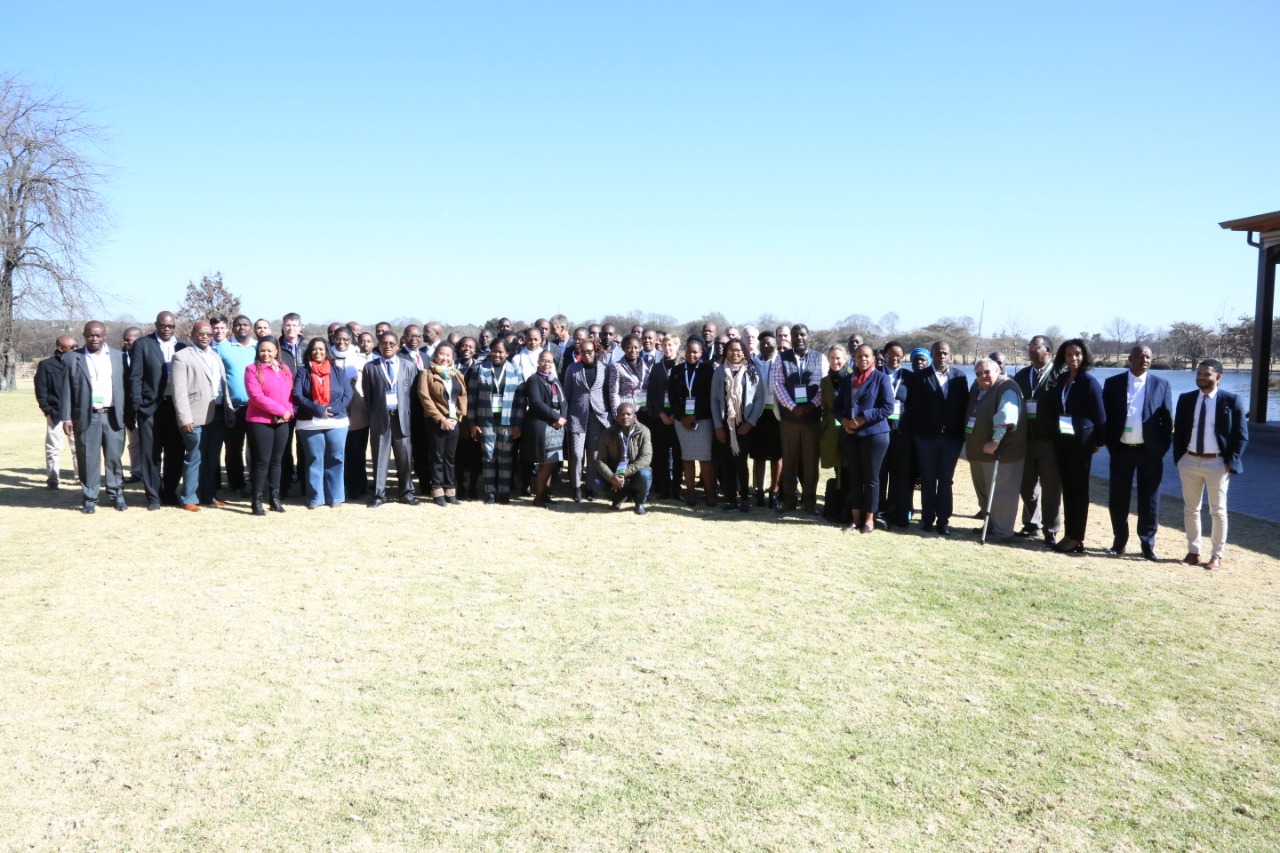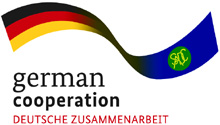SADC Stakeholders to improve Monitoring, Reporting and Verification (MRV) for mitigation of Livestock Greenhouse Gas Emissions (GHEs)

CCARDESA participated at the Global Research Alliance on Agricultural Greenhouses Gases Emission (GRA) workshop in Pretoria South Africa last month where stakeholders met to discuss livestock Greenhouse Gas Emissions(GHE) in the region. Livestock production is crucial for supporting livelihoods in the SADC region. Globally, livestock production activities account for the highest contribution of greenhouse gas emissions(GHE) from the agricultural sector. The growing demand for animal source foods (ASF) globally and regionally is likely to continue. Climate change threatens the SADC Region. Therefore, there is a need to embark on measures to ensure the sustainability of the livestock sector in the region by reducing contributions of livestock production to greenhouse gas emissions. Most farmers in the SADC region are smallholder farmers who often due to resource constraints are very vulnerable to the effects of climate change. Regional and national policies exist, which mainly focus on adaptation to climate change (CC) with minimum effort on mitigation. However, there is an opportunity for leveraging on mitigation co-benefits which arise from climate change adaptation interventions. The direct and indirect impact of Climate Change on livestock, require pursuing a mix of both adaptation and mitigation. There is also a need to fill the data void on the contribution of livestock from the SADC region.
Generally, in comparison to global livestock populations, the estimated total emissions from the SADC region are low but with high emission intensity due to the generally low productivity and efficiencies in the regional production systems. Therefore, it is important to identify the specific emission factors. Distilling the specificity of the emission factors can be done through existing science-related interventions.
Policies have an important part to play to influence interventions to be taken by various stakeholders. Given, the development and economic opportunity offered by the need to grow the livestock sector, there is a need to strike a balance for tradeoffs. To ensure effectiveness in mitigation of GHE around livestock, ‘packages’ of interventions and partnerships will be key to success in these efforts and not single technologies.
Stakeholders identified the need to improve the quality and availability of livestock data for the Monitoring, Reporting and Verification (MRV) for mitigation in most SADC countries. Particularly, to move from Tier 1 to Tier 2 where National Determined Contributions (NDCs) in the MRV reporting includes livestock as a national commitment. Tier 2 requires data specific to national circumstances, e.g. for information on animal characteristics, feed baskets and manure management to develop country-specific emissions factors. It also tracks the impact of sectoral interventions (captures changes in emissions over time).
The state parties under the United Nations Framework on Climate Change cite the removal of GHG at the national level as one of the ways of increasing the transparency of mitigation actions and their effects. In the region, most countries use the basic method (Tier 1), which estimates the emissions using species populations and agreed upon factors. The Tier 2 approach uses more data and disaggregated production groups to quantify emissions.
Moving from Tier 1 to Tier 2 will enable the inclusion of livestock as a national commitment in the NDC, thereby prepare countries to meet future GHG inventory reporting. Furthermore, it brings on board mitigation as a co-benefit of pursuing sustainable development strategies and generates evidence for use as leverage for accessing climate finance related to mitigation.
There would be more incentive to improve GHG quantification if agriculture or livestock entities in the member states include the mandate for mitigation in the livestock sector interventions. The main challenge for establishing baselines is the availability of data. However, where baselines are not available, the best available data can be used and improvements made over time. Uncertainty analysis was cited as an approach that can help to identify priorities for investment in future research and data collection.
From the information shared during the meeting, it became apparent that there was a myriad of organisations, programmes, projects and initiatives that support the climate adaptation efforts. As a result, there are lots of opportunity for addressing new gaps, but there are obvious overlaps, and thus there was a need for improved alignment and coordination between different actors at both national and regional level.

























































